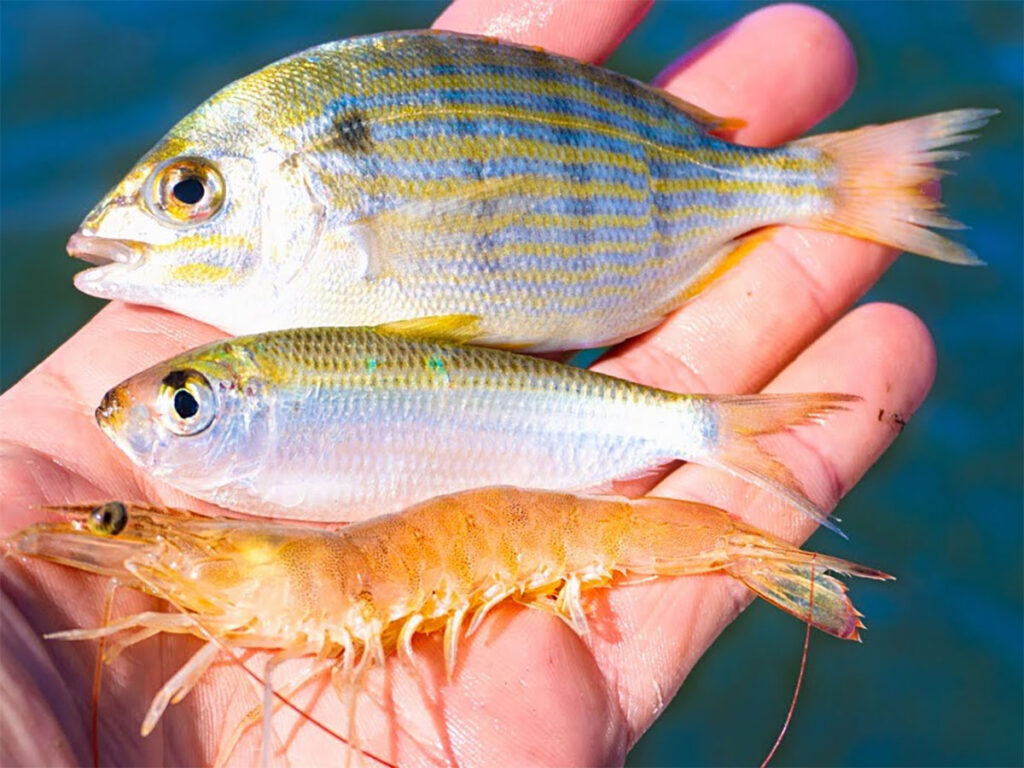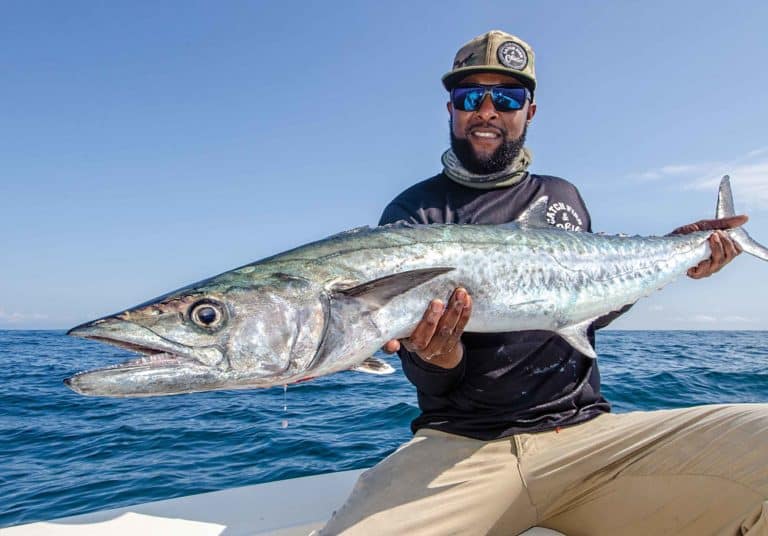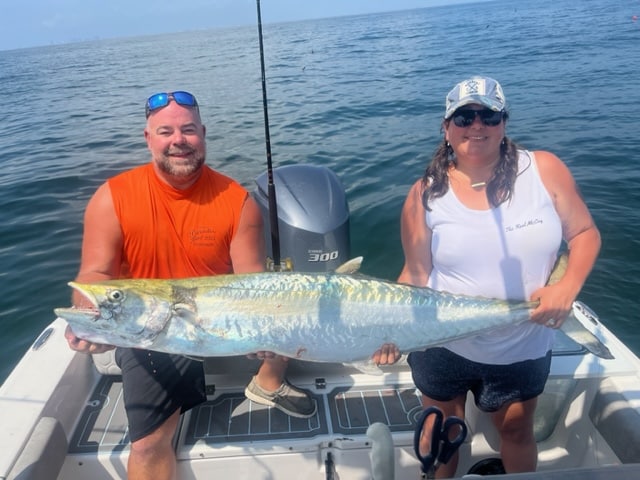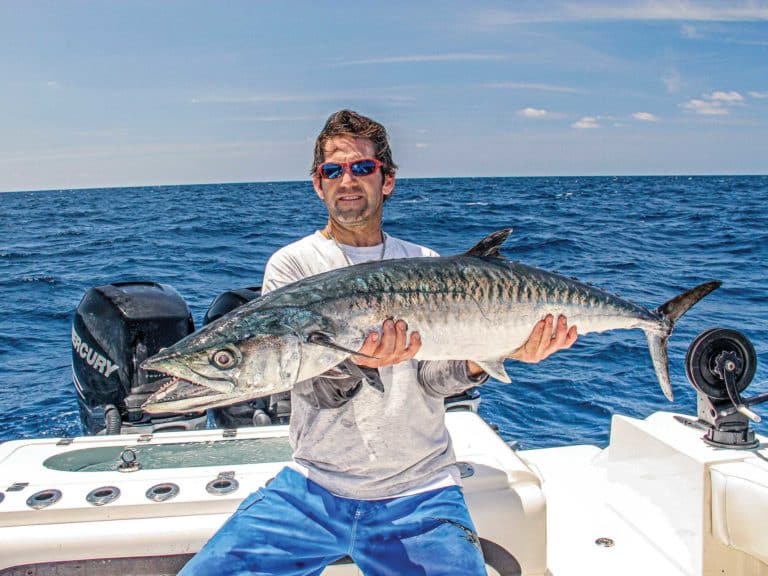
How to Catch Kingfish on Live Bait
Here’s a look at the best bait, rods, and reels to catch this popular gamefish.
Kingfish can be caught with live bait or lures.

Here’s a look at the best bait, rods, and reels to catch this popular gamefish.

Trolling for nearshore mid-Atlantic king mackerel.

Weekend warrior breaks Delaware king mackerel state record with an accidental catch.

Hooking and landing big kings requires top-notch tackle and technique.
Also known as kingfish, king mackerel is a migratory species abundant along the Gulf of Mexico, western Atlantic — especially from North Carolina to northern Brazil — and parts of the Caribbean. Highly regarded for their blazing speed, kingfish are armed with very sharp teeth they use to kill or maim prey during slashing strikes that often culminate with the fish propelling themselves well clear of the surface, an exciting visual anglers call “skyrocketing.”
Known to reach 90 pounds in weight, kingfish travel in schools of like-sized members, but specimens exceeding 30 pounds — ordinarily known as “smokers” — often break off into smaller hunting packs. Their preferred prey include menhaden, herring, sardines, ballyhoo, pilchards, google-eyes and blue runners, but kingfish will gladly pounce on mullet and other small fish, and rarely pass up squid or large shrimp. Kingfish can be caught with live bait or lures. Their most common staging and foraging stops include nearshore wrecks, reefs, oil rigs and ledges, as well as beaches, inlets and passes inshore, all places where baitfish often congregate.